Vermouth cocktails offer a world of flavors for drink lovers to explore. This fortified wine adds depth and complexity to many classic and modern mixed drinks.
You’ll find vermouth featured in both boozy spirit-forward cocktails and lighter aperitifs.
Trying vermouth cocktails can expand your palate and introduce you to new favorite drinks. From the iconic Martini to the lesser-known Bamboo, vermouth shines in a variety of recipes.
These 12 cocktails showcase how versatile vermouth can be when mixed with different spirits and ingredients.
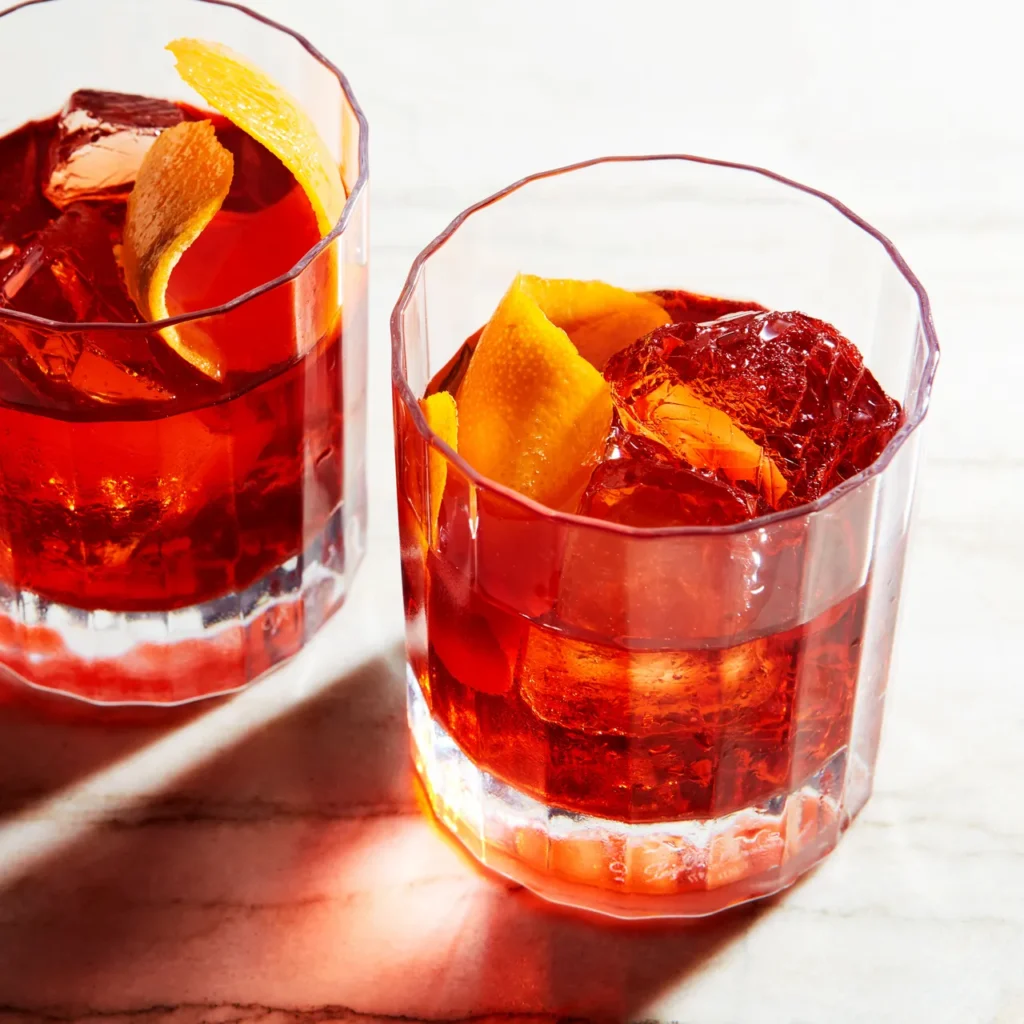
1. Negroni
The Negroni is a classic cocktail that showcases vermouth beautifully. It’s made with equal parts gin, sweet vermouth, and Campari.
To make one, you’ll need 1 ounce each of gin, sweet vermouth, and Campari.
Mix these ingredients in a glass filled with ice and stir well.
Garnish your Negroni with an orange peel for a citrusy aroma. The drink’s bright red color and bittersweet taste make it a popular choice for aperitifs.
You can adjust the ratios to suit your taste. Some prefer a bit more gin for a stronger drink, while others like extra vermouth for more sweetness.
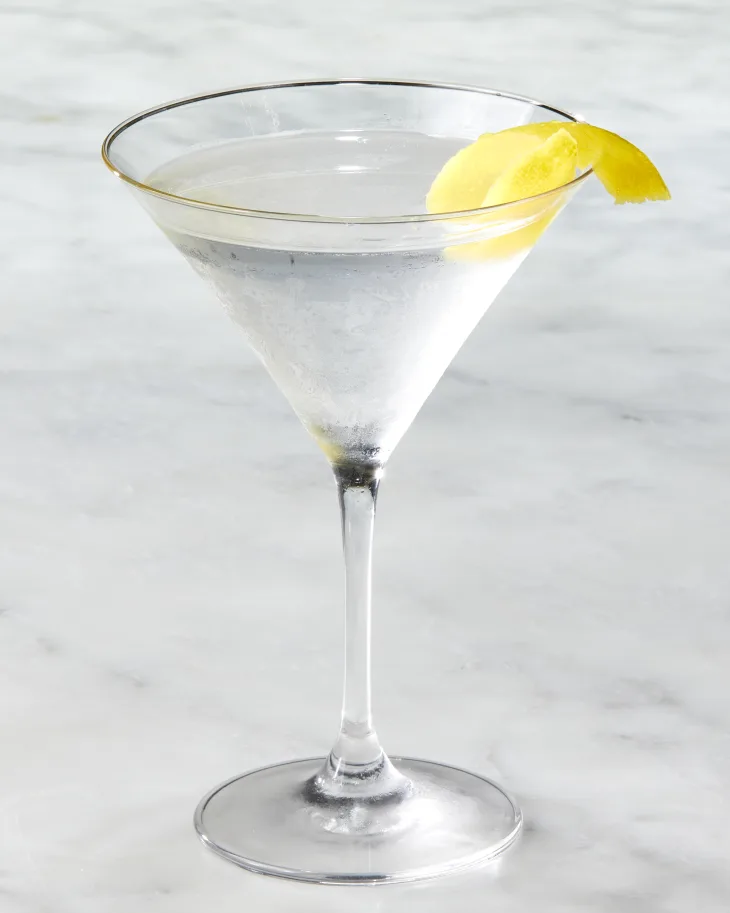
2. Classic Martini
The Classic Martini is a timeless cocktail that showcases vermouth beautifully. You’ll need gin, dry vermouth, and a lemon twist or olive for garnish.
To make it, combine gin and vermouth in a mixing glass with ice.
The ratio is key – try 5 parts gin to 1 part vermouth for a dry martini. Stir well to chill.
Strain the mixture into a chilled martini glass. Add your chosen garnish.
The result is a crisp, elegant drink that lets the botanicals in both the gin and vermouth shine.
Adjust the vermouth amount to suit your taste. More vermouth makes it “wetter”, less makes it “drier”. Experiment to find your perfect balance.
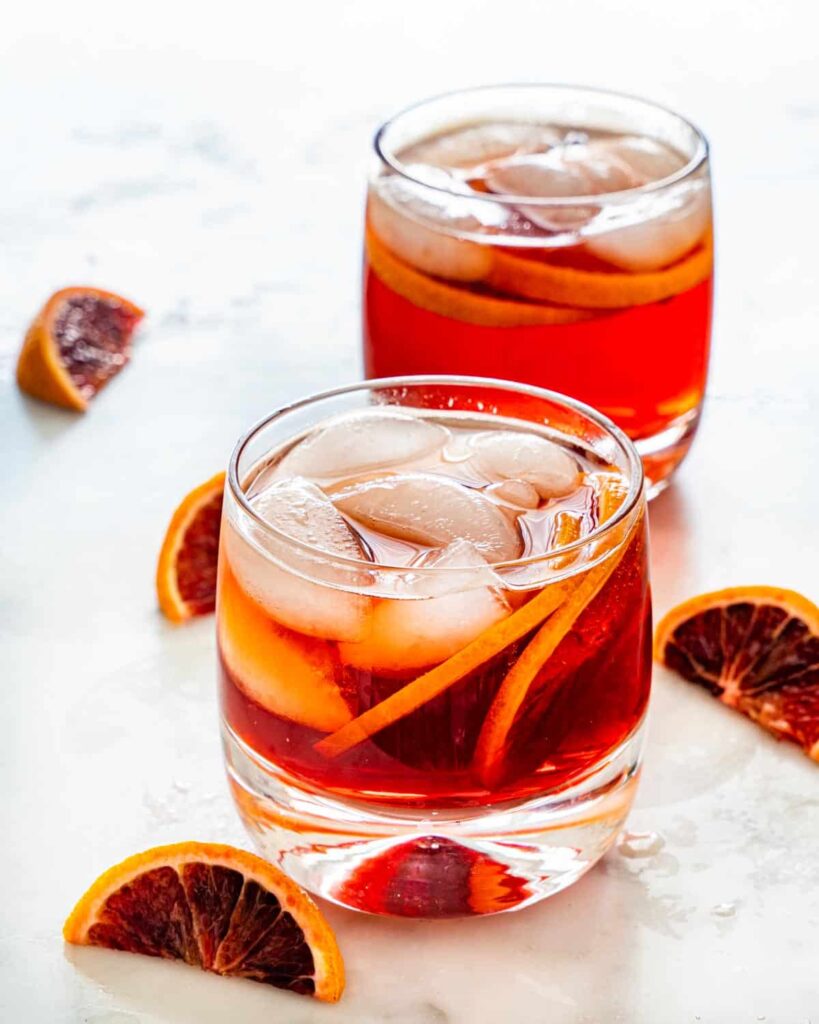
3. Americano
The Americano is a classic Italian cocktail with a refreshing taste. It combines equal parts Campari and sweet vermouth, topped with soda water.
To make an Americano, fill a highball glass with ice.
Pour 1.5 ounces each of Campari and sweet vermouth over the ice. Stir gently to combine.
Top off the glass with chilled soda water. Give it a quick stir to mix everything together.
For extra flair, garnish with an orange peel.
This cocktail offers a perfect balance of bitter and sweet flavors. It’s a great choice for warm days or as a light pre-dinner drink.
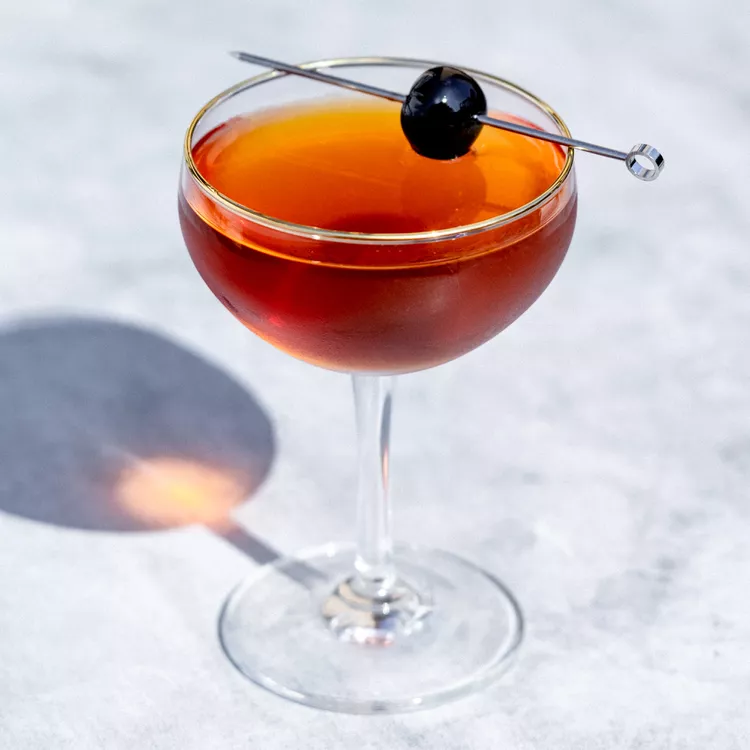
4. Manhattan
The Manhattan is a classic cocktail that combines whiskey and sweet vermouth. You’ll typically use rye or bourbon as the base spirit.
To make a Manhattan, mix 2 parts whiskey with 1 part sweet vermouth.
Add a dash or two of Angostura bitters for depth.
Stir the ingredients with ice, then strain into a chilled cocktail glass. Garnish with a maraschino cherry or lemon twist.
The Manhattan’s rich, smooth flavor makes it a favorite among whiskey lovers. You can adjust the ratio of whiskey to vermouth to suit your taste preferences.

5. Vermouth Spritz
The Vermouth Spritz is a refreshing and easy-to-make cocktail. You’ll love its light, bubbly texture and complex flavors.
To make one, pour 2 ounces of sweet vermouth over ice in a wine glass.
Add 3 ounces of sparkling wine or soda water. Stir gently to mix the ingredients.
Garnish your Vermouth Spritz with an orange slice or olive.
This drink is perfect for warm summer days or as a low-alcohol option at parties.
You can customize your spritz by trying different types of vermouth. Sweet red vermouth gives a richer flavor, while dry white vermouth creates a crisper taste.
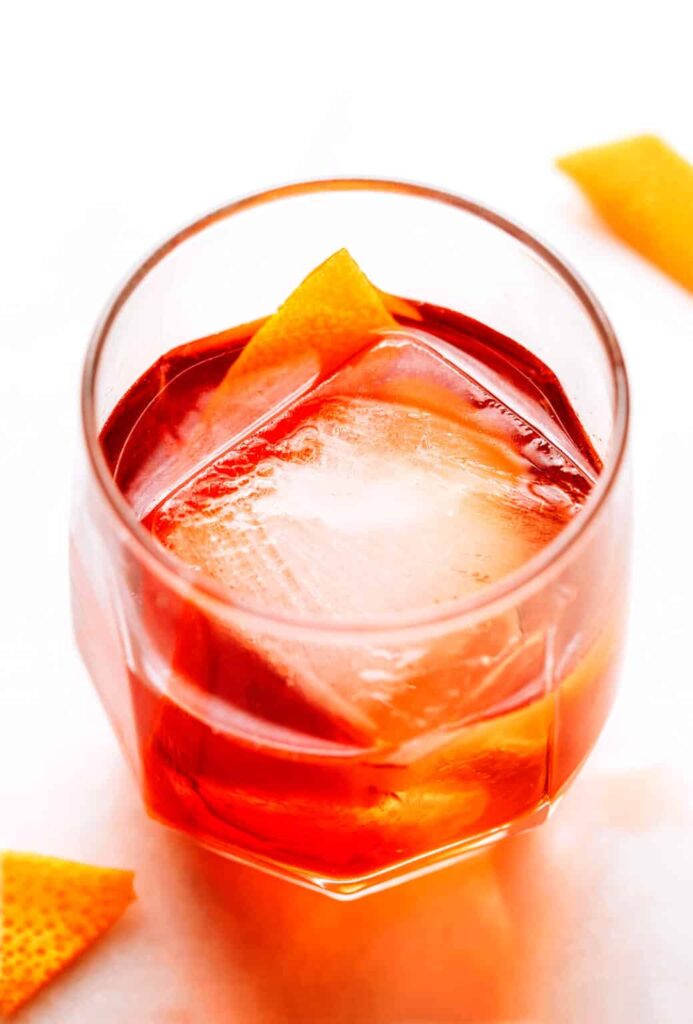
6. Boulevardier
The Boulevardier is a boozy, sophisticated cocktail that’s perfect for whiskey lovers. It’s like a Negroni, but with bourbon instead of gin.
To make a Boulevardier, you’ll need: • 1 1/2 oz bourbon • 3/4 oz sweet vermouth • 3/4 oz Campari
Mix the ingredients in a mixing glass with ice. Stir well and strain into a chilled glass. You can serve it up or over ice.
The Boulevardier has a rich history dating back to 1920s Paris. It’s named after a magazine for American expatriates.
The drink offers a perfect balance of sweet, bitter, and boozy flavors.
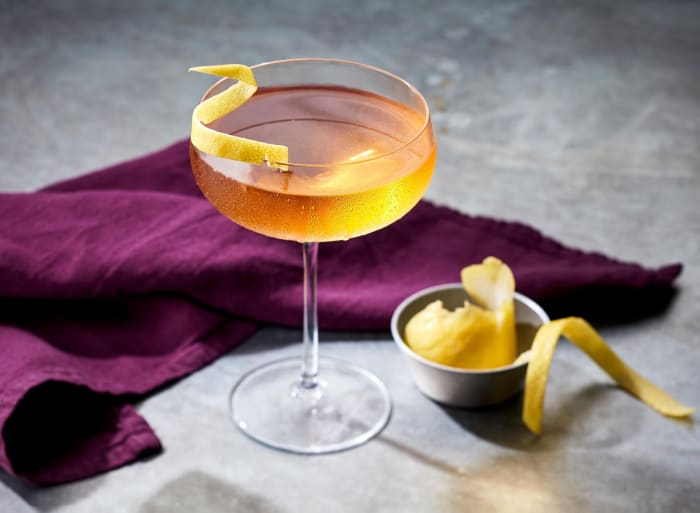
7. Martinez
The Martinez is a classic cocktail that predates the martini. It combines gin, sweet vermouth, maraschino liqueur, and bitters.
To make a Martinez, you’ll need Old Tom or London Dry gin, sweet vermouth, a dash of maraschino liqueur, and a few drops of bitters.
Stir these ingredients over ice and strain into a chilled glass.
The Martinez has a rich, complex flavor profile. You’ll taste the botanical notes from the gin, sweetness from the vermouth, and a hint of cherry from the maraschino.
This cocktail is quite strong, so sip it slowly and enjoy the sophisticated blend of flavors.
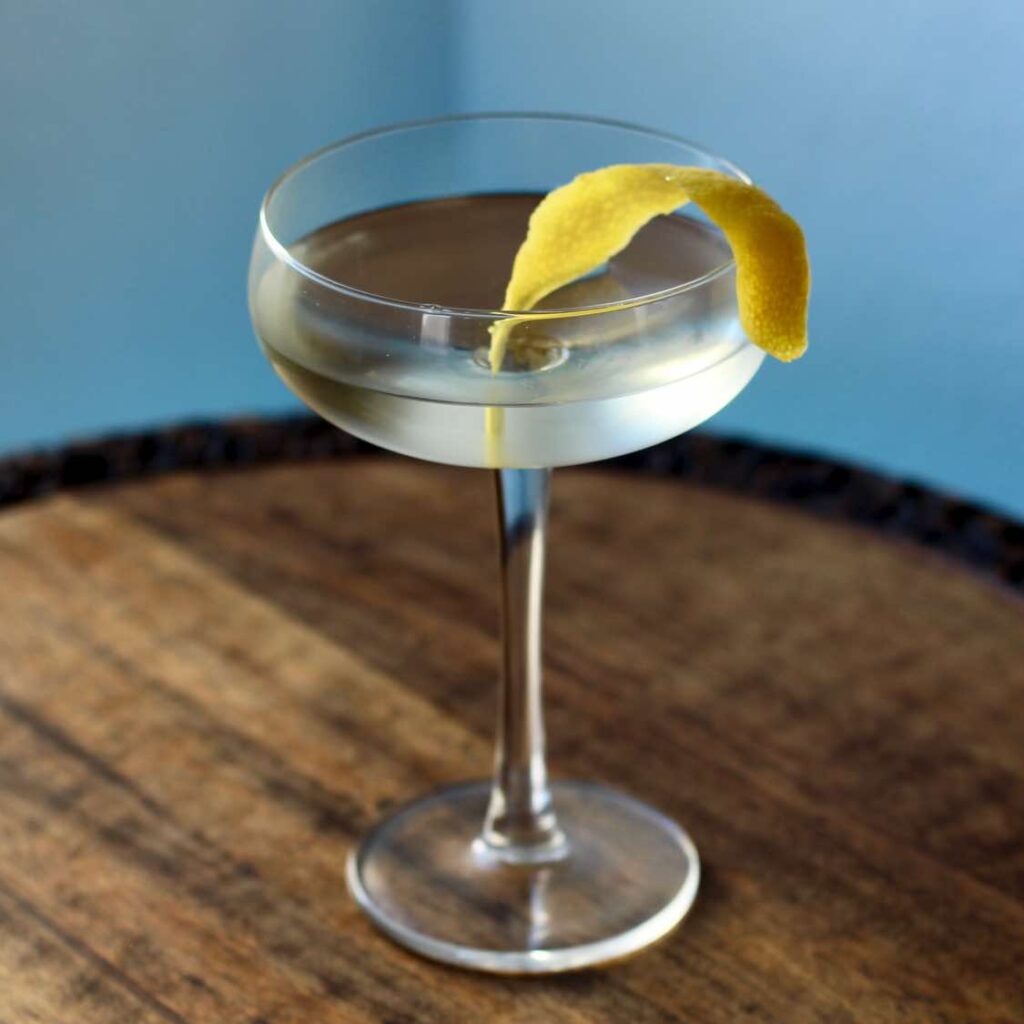
8. Vesper Martini
The Vesper Martini is a strong and sophisticated cocktail. It combines gin, vodka, and Lillet Blanc or dry vermouth.
To make a Vesper, mix 3 ounces of gin, 1 ounce of vodka, and 1/2 ounce of Lillet Blanc in a shaker with ice.
Shake well and strain into a chilled martini glass.
Garnish your Vesper with a thin slice of lemon peel.
This drink packs a punch with 4 ounces of liquor, so sip it slowly.
The Vesper gained fame through James Bond novels. It’s a twist on the classic martini that adds depth and complexity to the drink.
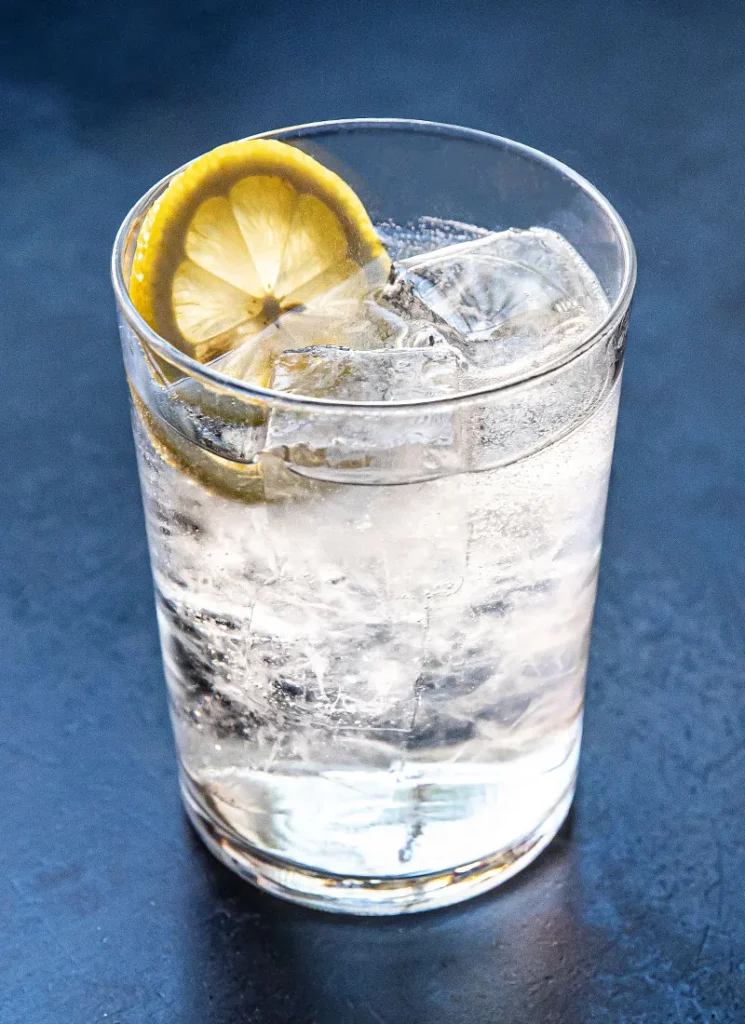
9. Vermouth and Tonic
Vermouth and tonic is a simple yet refreshing cocktail. It’s easy to make and perfect for warm days.
To prepare, fill a balloon glass with ice.
Pour equal parts vermouth and tonic water over the ice.
Stir gently to mix the ingredients. Garnish with a slice of orange for a citrusy twist.
This drink is light and bubbly. The vermouth adds depth, while the tonic provides a crisp finish.
You can use different types of vermouth to change the flavor. Try sweet red vermouth for a richer taste or dry white vermouth for a lighter option.
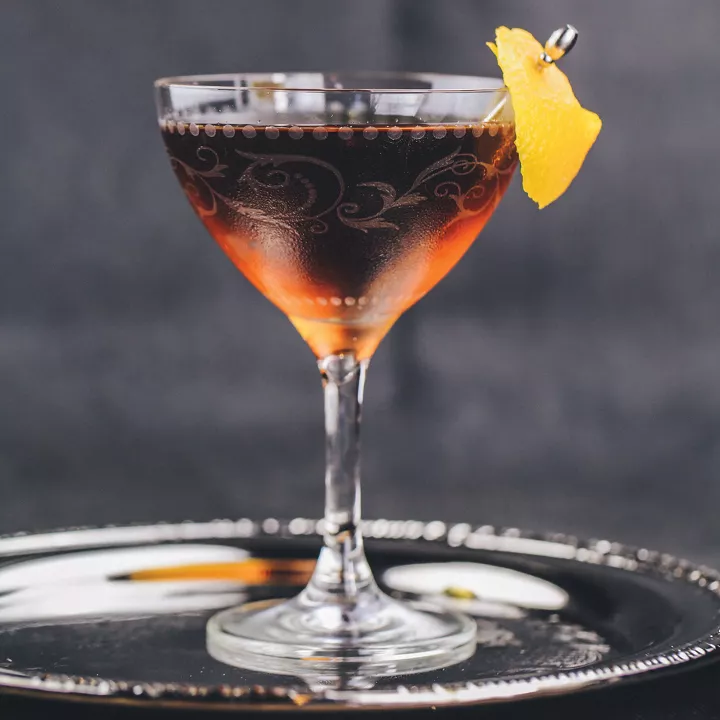
10. Adonis
The Adonis is a classic low-alcohol cocktail perfect for sipping. It combines sherry and sweet vermouth for a smooth, sophisticated drink.
To make an Adonis, mix equal parts fino or manzanilla sherry and sweet vermouth.
Add a couple dashes of orange bitters for depth. Stir the ingredients with ice and strain into a chilled glass.
This elegant cocktail dates back to the 1880s. It was named after a popular Broadway musical of the time.
The Adonis offers a balanced blend of flavors that’s light and refreshing.
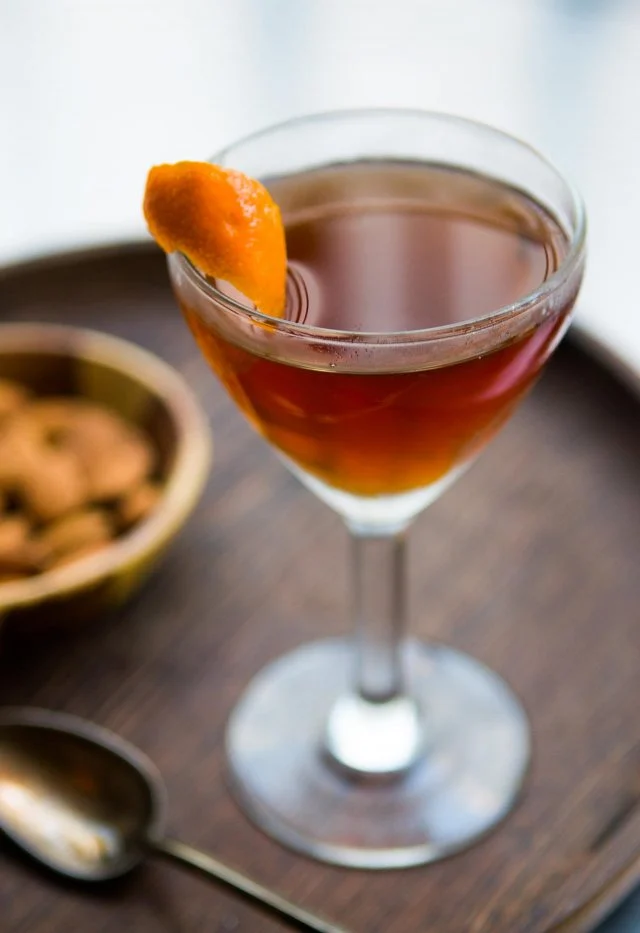
11. Hanky Panky
The Hanky Panky is a classic cocktail with a bold flavor profile. It combines gin, sweet vermouth, and a touch of Fernet-Branca.
To make one, you’ll need 1.5 oz gin, 1.5 oz sweet vermouth, and 2 dashes of Fernet-Branca.
Mix these ingredients in a glass with ice and stir well.
Strain the mixture into a chilled cocktail glass. For a finishing touch, garnish with an orange twist.
The Hanky Panky offers a unique taste experience. The gin provides a juniper base, while the sweet vermouth adds depth. The Fernet-Branca gives it a distinctive bitter edge.
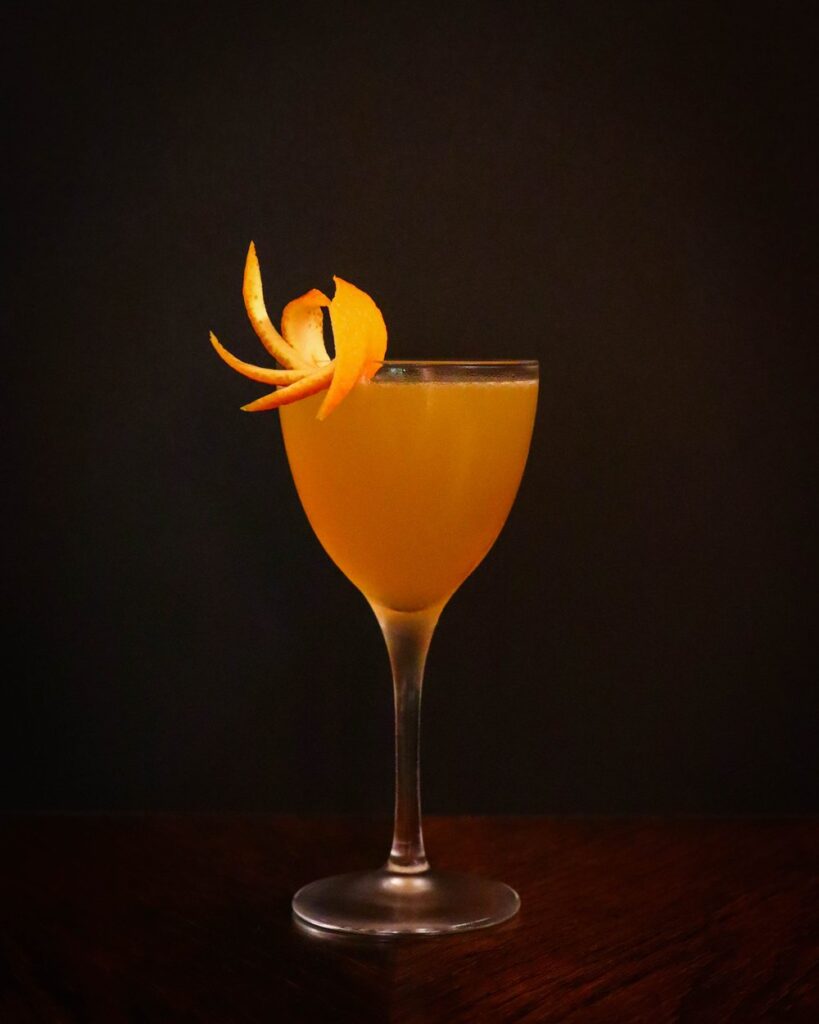
12. Bronx
The Bronx cocktail is a classic gin-based drink. It combines gin, dry vermouth, sweet vermouth, and orange juice.
To make a Bronx, you’ll need 2 ounces of gin, 3/4 ounce each of dry and sweet vermouth, and 1 ounce of orange juice.
Shake these ingredients with ice and strain into a chilled glass.
For extra flavor, try adding a dash of orange bitters. You can also garnish with an orange twist.
The Bronx has many variations. The Bloody Bronx uses blood orange juice instead of regular orange juice. The Silver Bronx adds egg white for a silky texture.
This cocktail offers a nice balance of flavors. The gin provides a strong base, while the vermouths add complexity. The orange juice brings a bright, citrusy note to round out the drink.
History of Vermouth in Cocktails
Vermouth has played a key role in cocktails for over 200 years. This fortified wine adds complexity and balance to many classic drinks.
Origins of Vermouth
Vermouth was first created in Italy in the late 18th century. It combined wine with herbs and spices for medicinal purposes. Soon, people started enjoying vermouth on its own as an aperitif.
Bartenders began using vermouth in mixed drinks in the early 1800s. The first vermouth cocktails were simple – just vermouth and bitters or soda water. These laid the groundwork for more complex recipes.
By the mid-1800s, vermouth was a staple behind many bars. Mixologists used it to add depth and herbal notes to spirits like gin and whiskey.
Historical Influences on Cocktail Culture
Vermouth became essential to cocktail culture in the late 19th century. The Martinez, an early precursor to the Martini, mixed gin with sweet vermouth. This paved the way for other vermouth classics.
The Martini emerged as a drier take on the Martinez. It used less sweet vermouth and added dry vermouth instead. Other vermouth cocktails like the Manhattan and Negroni soon followed.
Prohibition in the 1920s boosted vermouth’s popularity. Its lower alcohol content made it easier to acquire. Bartenders used it to stretch limited spirits supplies.
After Prohibition, vermouth remained a cocktail staple. It featured in both old classics and new creations. Today, artisanal vermouths are fueling fresh interest in these historic drinks.
Understanding Vermouth Varieties
Vermouth comes in different types and styles. The two main categories are sweet and dry, but regional differences also impact flavor profiles.
Sweet vs Dry Vermouth
Sweet vermouth has a rich, complex taste. It’s darker in color and contains more sugar. You’ll often find it in classic cocktails like Manhattans and Negronis.
Dry vermouth is lighter and crisper. It has less sugar and a more herbal flavor. Martinis typically use dry vermouth.
Some key differences:
- Color: Sweet is reddish-brown, dry is pale
- Sugar content: Sweet has 10-15%, dry has 4% or less
- Flavors: Sweet is spicier, dry is more floral
Regional Differences
Italian vermouth tends to be sweeter and fuller-bodied. It often has vanilla and citrus notes.
French vermouth is usually drier and more herbal. You might taste chamomile or elderflower.
Spanish vermouth can be sweet or dry. It often has a distinct woody flavor from barrel aging.
American producers are experimenting with local ingredients. This creates unique flavor profiles not found in traditional European vermouths.
Try vermouths from different regions to find your favorite style. Each one brings something special to cocktails.